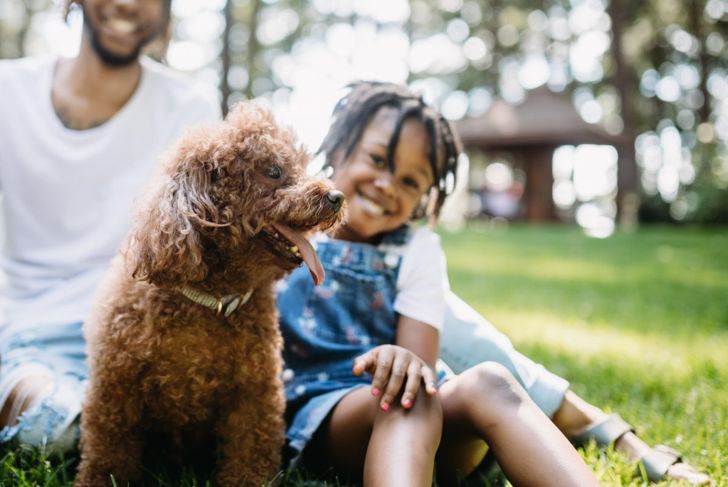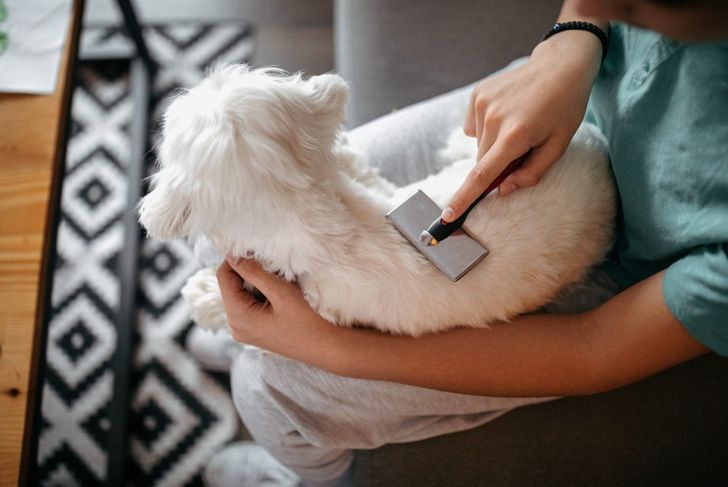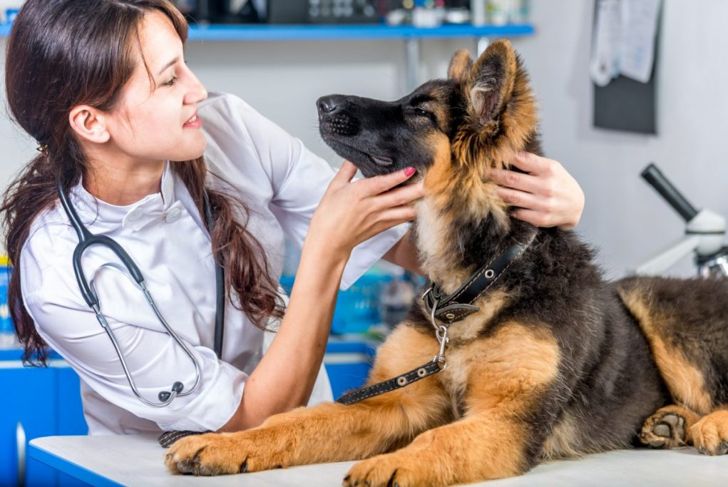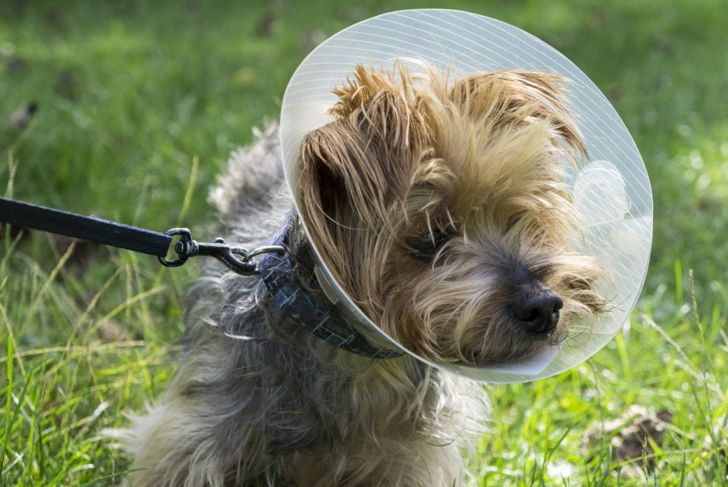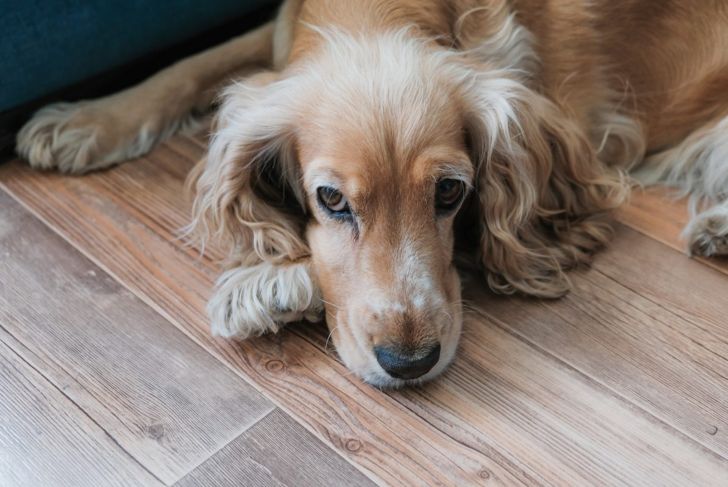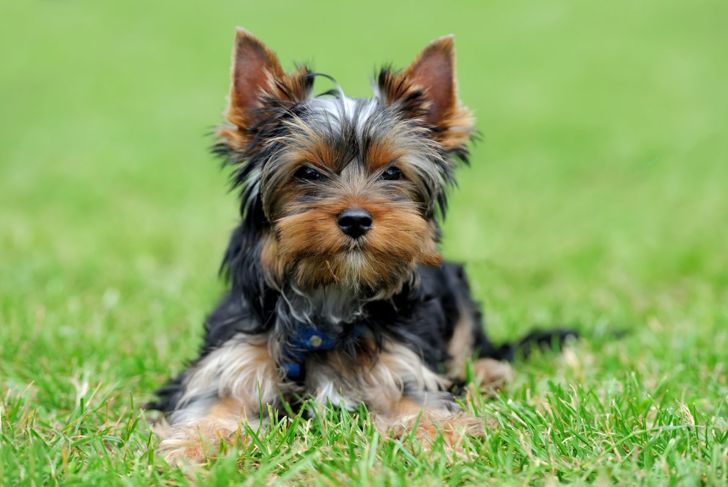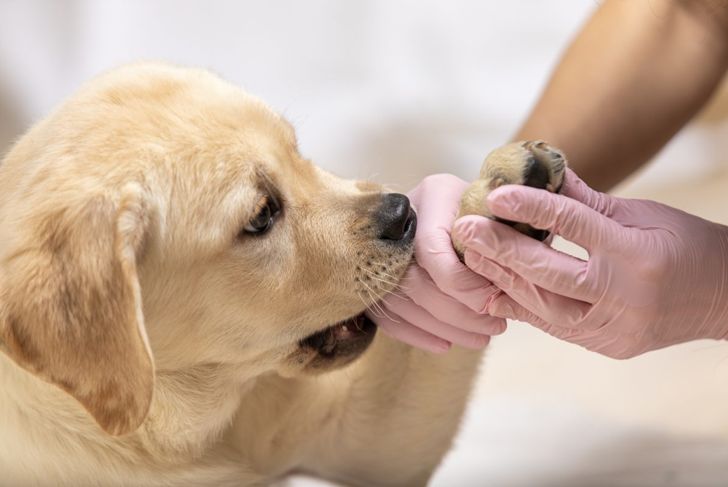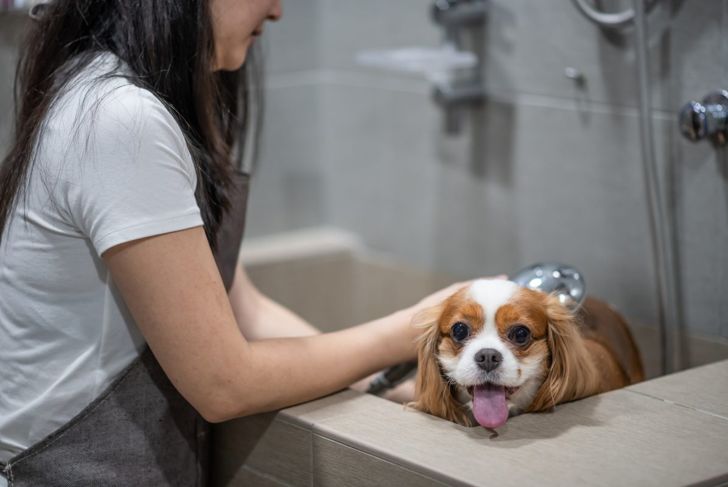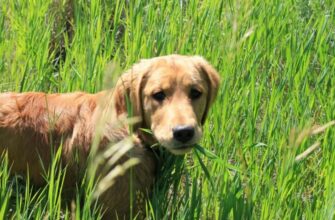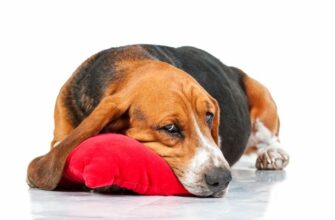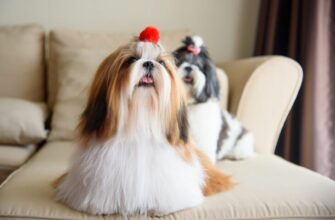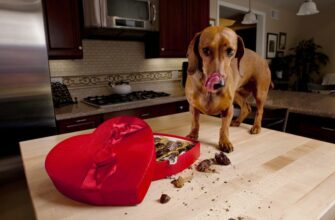Have you ever petted or brushed your dog and suddenly felt a bump? It’s a little surprising and can cause immediate anxiety. There are many things that can cause lumps and bumps on or under a dog’s skin, and one of the most common is called a sebaceous cyst. The word “sebaceous” is related to the word “sebum,” which you might be familiar with if you’ve ever had pimples or acne. It’s a waxy substance that keeps your skin — and your dog’s — moisturized, among other things, but too much of it can cause problems. In fact, the most frequent cause of a sebaceous cyst is a clogged sebaceous gland or hair follicle.
What causes a sebaceous cyst?
Your dog has tiny glands that secrete sebum (oil) on its skin. When you brush your dog, you get to spread that sebum around, which is what keeps your dog’s skin moisturized and fur nice and shiny. Sometimes, though, a sebaceous gland gets blocked, and the sebum has nowhere to go. Over time, this creates a round swelling or lump under the skin.
Where do sebaceous cysts occur?
Sebaceous cysts can occur anywhere on your pup’s body, but they often show up around the neck, head, ears, and even on the anus. Some dogs develop these cysts on their hips or elbows. Most dog owners find a cyst while brushing their buddy or just giving her a good pet.
Can’t I just squeeze the cyst since it’s basically just a big zit?
Don’t squeeze the cyst or poke it with anything, not even a sterilized needle. For one thing, you’ll cause your beloved pup discomfort or even pain. For another, you will break the skin and allow bacteria to enter the cyst. This will lead to infection.
When should I call the vet?
Any time you find an unusual lump or bump on your pet, you should promptly make an appointment with the vet. Although sebaceous cysts are usually benign (non-cancerous), on occasion, they are actually malignant tumors.
What can I expect at the vet’s office?
Your veterinarian will perform a general examination and then examine the cyst. More than likely, they’ll want to aspirate (withdraw with a needle) some of the cyst’s contents for analysis to determine if the lump is benign or it’s cancerous. If the results aren’t clear, the vet will probably want to have a biopsy done. If it’s a small cyst, the biopsy will be done with local anesthesia, but expect your dog to undergo general anesthesia if it’s a big one.
How are sebaceous cysts treated?
If the cyst is benign, your vet may leave it alone. If it’s large and creating discomfort for your dog, they may suggest surgical removal. Cyst removal may go deeper into the skin than you might expect to be sure no part remains that could fill up again. Your vet will prescribe pain relief for your dog, plus antibiotics to prevent infection. Depending on the cyst’s location, your dog may have to wear an Elizabethan collar to keep him from gnawing and licking the wound.
What if the vet says it’s sebaceous adenoma? Is that cancer?
Sebaceous adenoma is a benign but bothersome condition that’s sometimes called “old dog warts.” These lumps are tumors, but they’re non-cancerous and not warts. They do look bumpy and kind of warty, though, and sometimes they ooze a white, oily substance (sebum). Sebaceous adenomas usually show up in breeds like Poodles, Cocker Spaniels, and Miniature Schnauzers. Middle-aged to senior dogs most often get these growths.
What breeds are prone to sebaceous cysts?
Any dog can develop sebaceous cysts, but the following breeds seem to be genetically predisposed to these annoying bumps and lumps: Boxers, Shi Tzus, Cocker Spaniels, Bassets, Schnauzers, Cockapoos, and Yorkshire Terriers.
What if the cyst ruptures on its own?
Keep the wound clean and dry, and call your vet to ask about home treatment. A technician may suggest applying an antibiotic salve to the area (do not use treatments made for humans without professional advice). You may want to gently clip some hair from around the rupture. Keep a close eye on the wound. If you see any additional redness, or if it starts to ooze pus, get your dog to the vet pronto.
Can sebaceous cysts be prevented?
You can take some common-sense steps to ensure your pup has the best chance of staying cyst-free. First, keep them well-groomed, clean, and bathed as needed. Second, make sure their bedding, food and water bowls, and crate or kennel (if they use one) are kept clean. Ask your vet for other preventative tips that might apply specifically to your dog and situation.

 Home
Home Health
Health Diet & Nutrition
Diet & Nutrition Living Well
Living Well More
More